Revenue River is now an Instrumental Group Company. Learn more.
call us: 303-945-4341
Revenue River is now an Instrumental Group Company. Learn more.
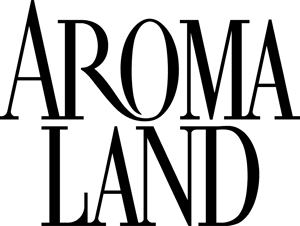
Aromaland is a leading aromatherapy company based in New Mexico, with a large eCommerce presence. With one of the largest selections of aromatherapy products in the world, Aromaland can serve both businesses and direct consumers in bulk with its online store.
But in late 2019, the Aromaland team saw a sharp drop in their eCommerce sales. They suddenly were only making a handful of sales per day, and it was clear something was wrong with their online shopping experience.
The team engaged with Revenue River to problem solve and drive more online sales to make sure eCommerce could continue to be a key driver of revenue for Aromaland.
Google Shopping is a great avenue for having your eCommerce website get found online. This platform pulls existing product information (photo, price, description) in from your website and displays it in organic search for people looking for similar products.
But to take advantage of the benefits of Google Shopping, did you know your website has to be formatted in a crawlable way? Just like organic content searches, Google crawls your website looking for its preferred way of displaying information.
This means that if your eCommerce store doesn't have proper formatting, you won't appear in Google Shopping results that might otherwise be driving new, purchase-intent eyes to your site.
That's exactly the situation Aromaland was in. Their website wasn't being read properly by Google's algorithm, so they were missing a huge opportunity to get found. Their categories didn't match Google's product category numbering conventions and the prices didn't include the USD notation.
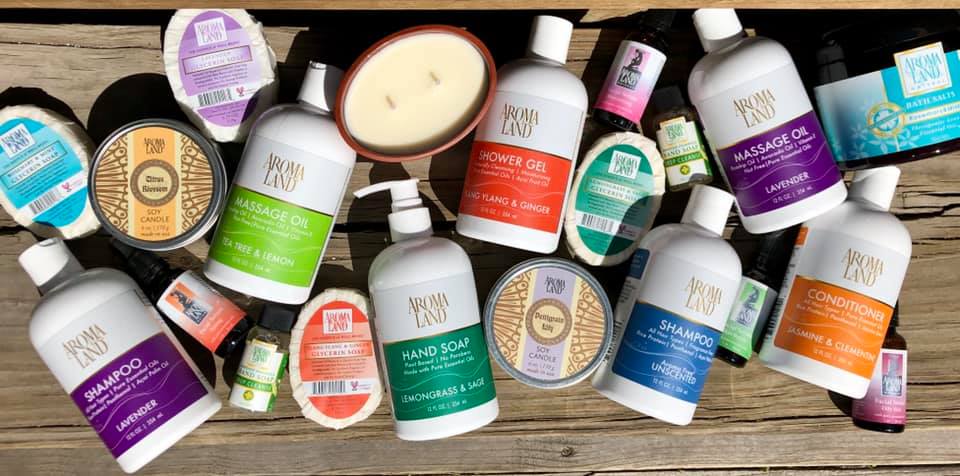
As soon as we had a discovery call with the Aromaland team, we identified the above issues and knew how to help.
We had two different paths we could take:
The Aromaland team was considering moving their website to the HubSpot CMS, which would include a large potential migration of content and formatting. Because of this, we knew that using the Google Sheet method was more efficient and would prevent us from doing duplicate work in a few months if they did decide to move to the HubSpot CMS.
So we proceeded with making a GSheet with 1,000+ products that Google Shopping could read instead. This involved an export of products and then manually editing descriptions and images, adding prices, and adding shipping rates (very tedious).
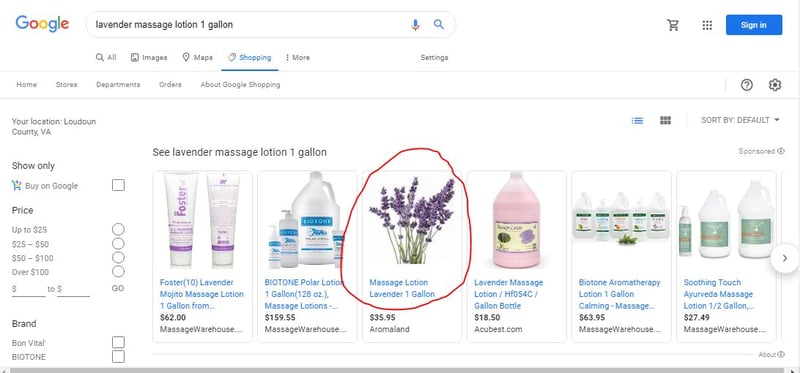
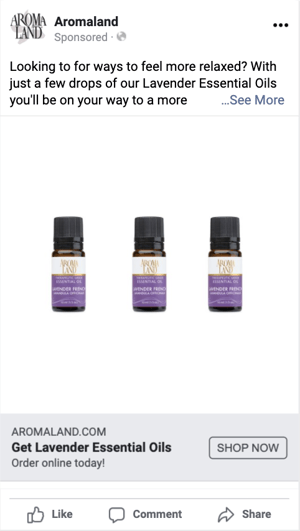
Efforts from improving the website readability for Google Shopping were immediately clear:
You can easily spot the day we launched our refreshed Google Shopping formatting with the spike in single-day sales--plus the higher average daily sales after the initial launch.

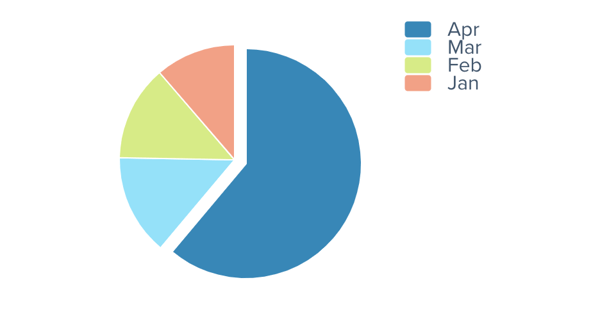
Total sales made before (Jan., Feb., Mar.) our campaign launch and after (April).

After this cleanup project, we now need to push the gas pedal down on bringing in other paid sources of sales for the Aromaland team. Through a combination of social platform ads, we're looking to drive sales with high ROI for our monthly spend.
We're in the build phase for ad sets that focus on retargeting our recent customers to drive repeat business, plus we'll use lookalike lists of these customers to find net new ones.
We'll use interests like essential oils, natural products, and places of work that would need bulk purchases (such as spas or retailers).
We'll also implement Facebook ads for our product groups like hand soaps and sanitizers after the restrictions for Covid-19-related products allow them.
This is a perfect example of a straightforward paid media build where we can focus 100% of our efforts on high ROI spend and smart media management of that spend.
If your business relies on eCommerce sales (or if you want to expand your business model to include this new revenue stream), Google Shopping can be an integral part of your strategy.
Our team has a proven track record of success, and we'd love to discuss your goals to help you create profitable paid media campaigns.